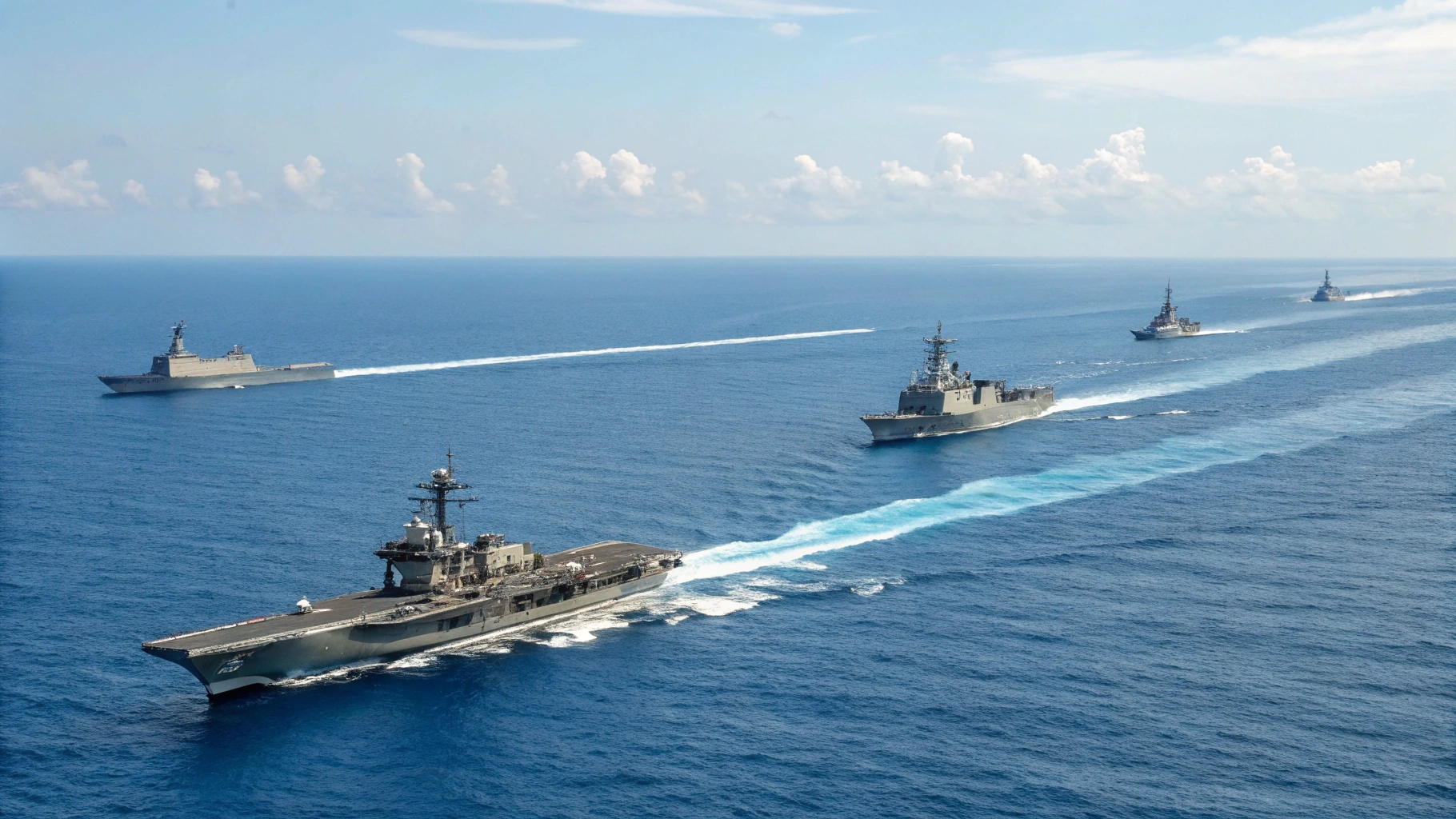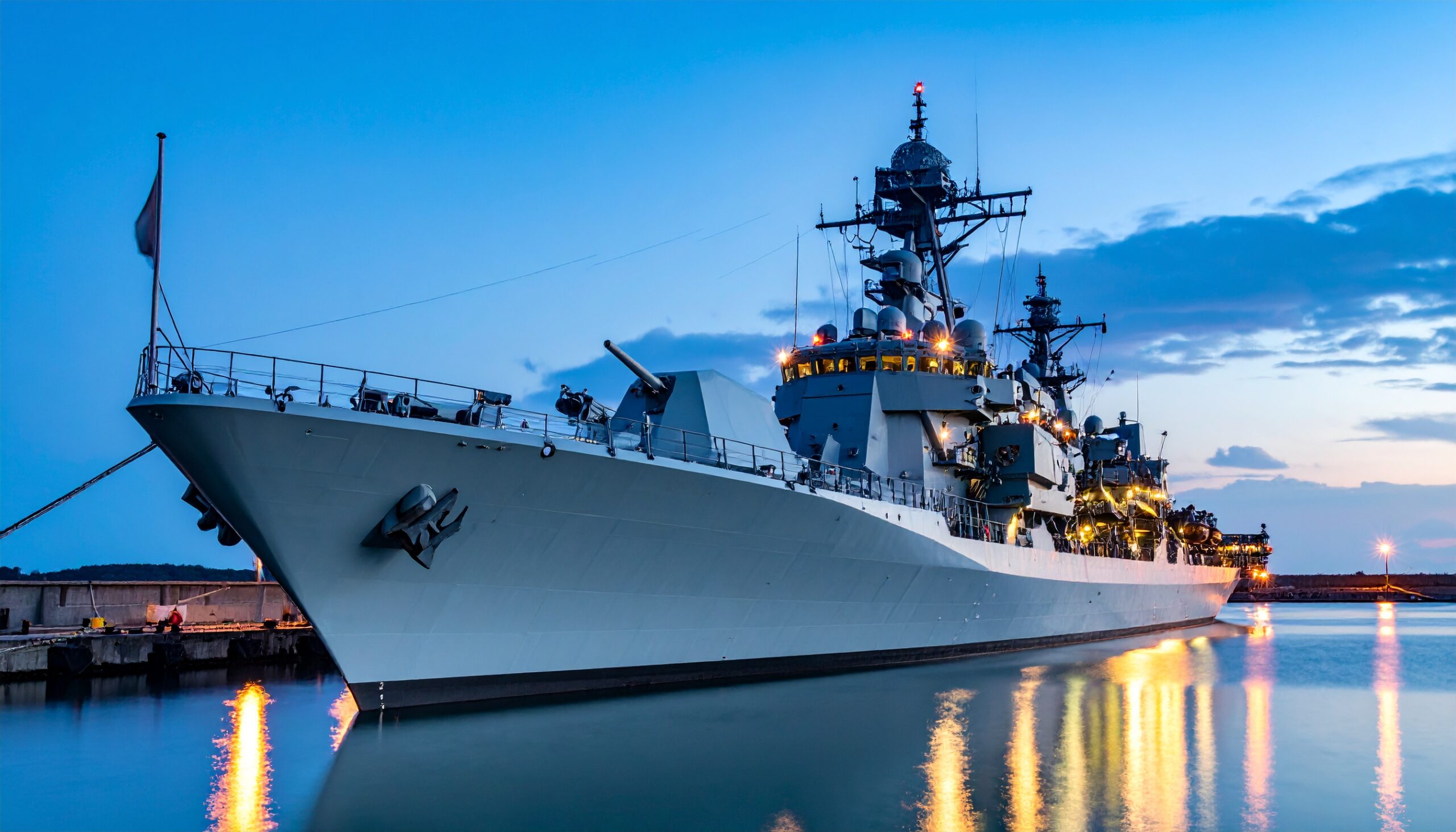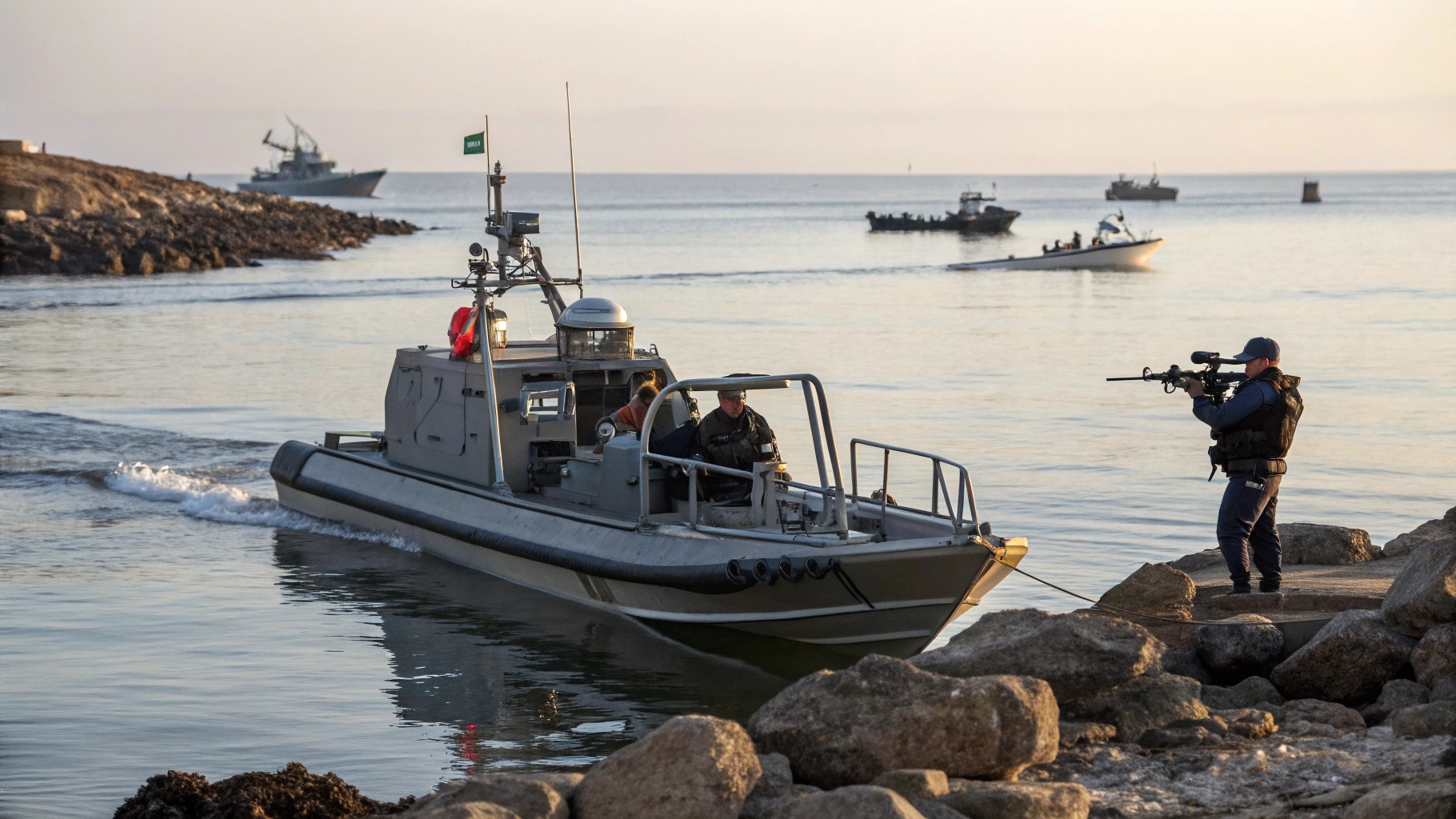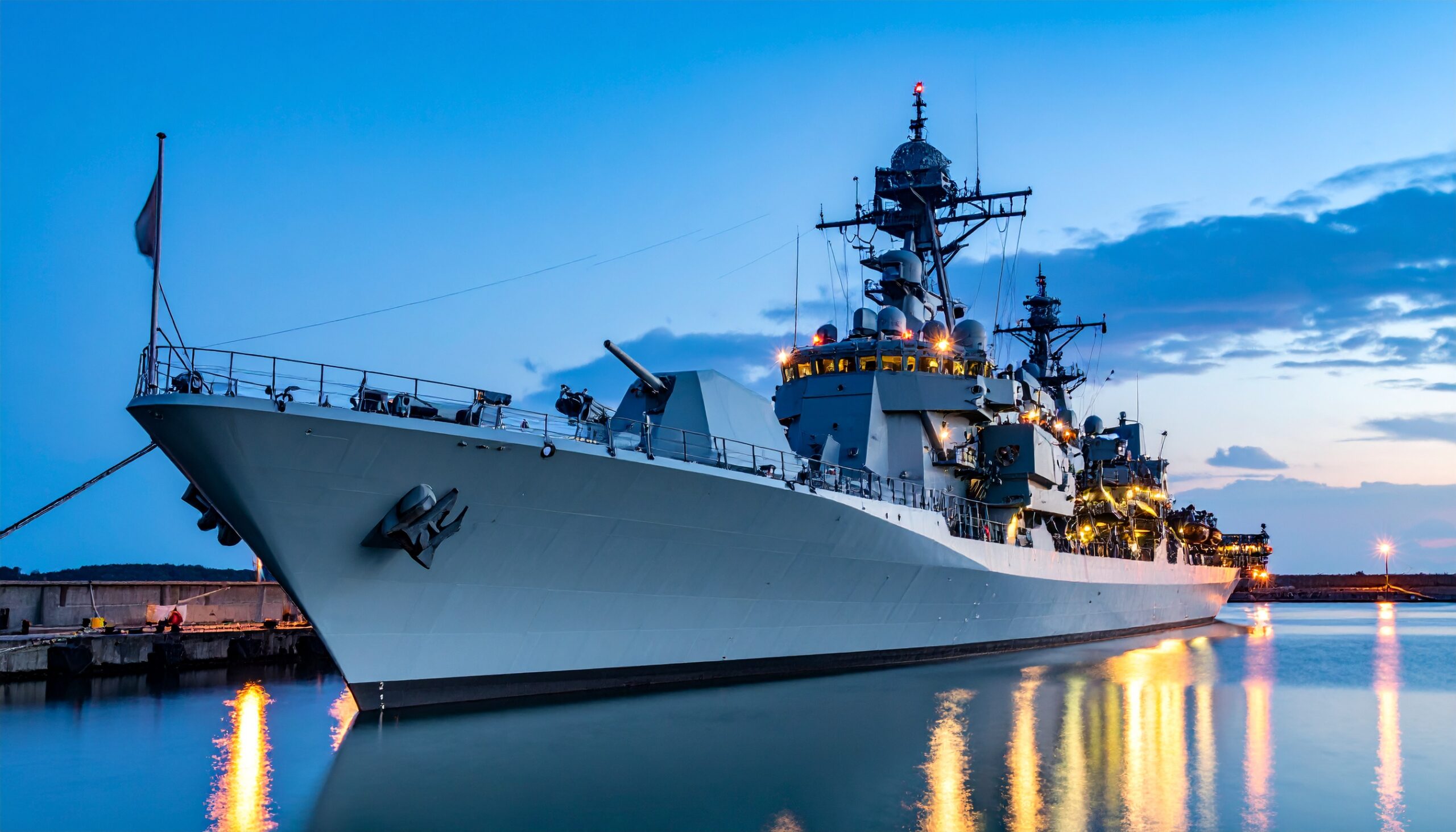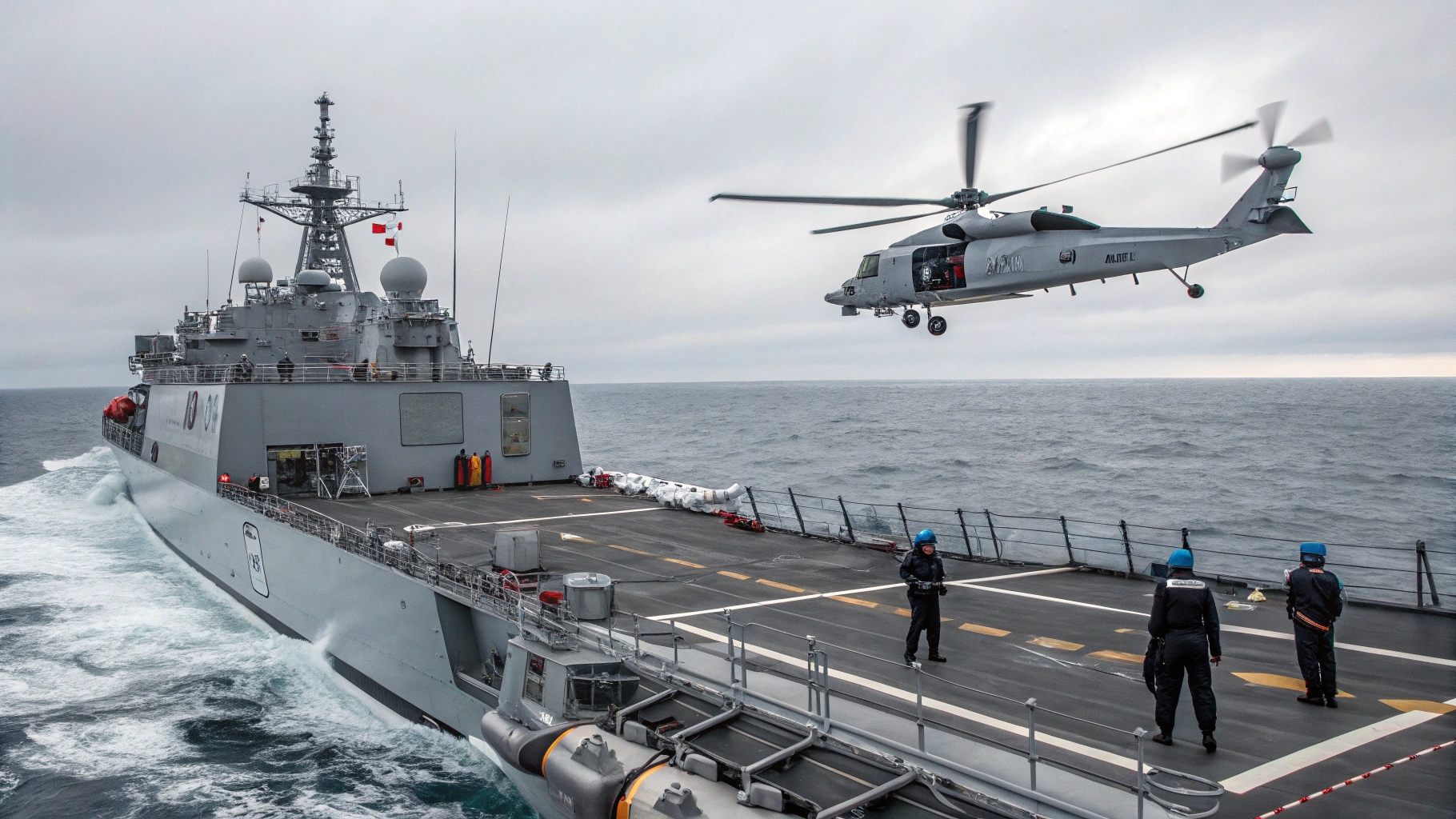
The United Kingdom and Norway have taken a major step in strengthening European naval defense with the signing of a £10 billion contract for at least five Type 26 frigates. UK Defence Secretary John Healey confirmed the deal, which will unite both nations under a common maritime combat platform tailored for NATO operations in the northern flank. The arrangement not only supports Norway’s need to replace its aging Fridtjof Nansen-class vessels but also enhances the UK’s shipbuilding sector by securing long-term production for BAE Systems in Glasgow.
For Norway, the acquisition comes amid growing concern over Russian submarine activity in the Barents Sea, Norwegian Sea, and Arctic waters, making the advanced anti-submarine warfare (ASW) design of the Type 26 a critical addition to its fleet. As Norway becomes the first international customer of the class, the agreement embeds its navy into a wider multinational operating concept while ensuring interoperability with its closest NATO partners.
The Type 26 City-class frigate displaces nearly 6,900 tons and is designed for high-threat maritime environments. Its quiet propulsion system, bow sonar, and Thales Type 2087 towed array sonar provide world-leading submarine detection capabilities. Alongside its ASW strengths, it features flexible multi-mission capabilities including air defense, land strike, and special forces support.
Armed with the Sea Ceptor missile system, a 127mm naval gun, and the Mk 41 Vertical Launch System for cruise missiles, the frigate is equipped to handle evolving threats. Its mission bays and aviation facilities allow deployment of Merlin or NH90 helicopters, unmanned systems, and specialized equipment, making it a versatile core asset for both navies.


